Nigeria Quantum Resonance Magnetic Analyzer
The healthcare industry continues to evolve with innovative diagnostic technologies that offer faster, more comprehensive insights into human health. Among these advancements, quantum resonance magnetic analyzer software stands at the forefront, representing a significant shift in how we approach health assessments. This technology harnesses the principles of quantum physics and bioresonance to provide detailed health analyses without invasive procedures, potentially transforming the landscape of preventive healthcare and early detection systems.
Understanding Quantum Resonance Magnetic Analysis
Quantum resonance magnetic analysis operates on the principle that the human body is composed of cells that continuously renew themselves, emitting specific electromagnetic waves in the process. These electromagnetic signatures vary based on the body’s health status, creating unique patterns that can be detected, amplified, and analyzed.
The technology captures these weak magnetic frequency signals through specialized sensors, typically held in the palm or placed on specific body points. These signals are then amplified and processed through sophisticated algorithms that compare the collected data against established reference values in the software’s database.
This non-invasive approach allows for comprehensive health assessments without blood draws, radiation exposure, or other invasive procedures traditionally associated with diagnostic testing. The quantum resonance magnetic analyzer software interprets these electromagnetic patterns to evaluate various bodily systems and potential health concerns.
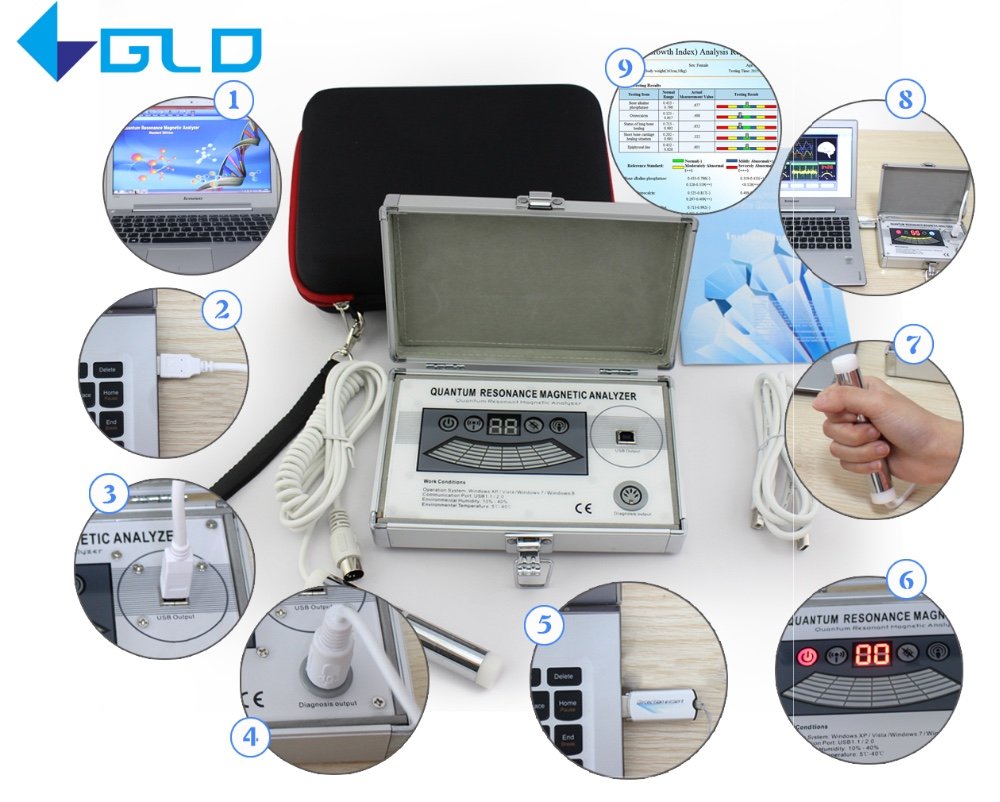
“Quantum resonance magnetic analysis represents a paradigm shift in diagnostic approaches, offering insights into health patterns before clinical symptoms may appear.”
How Quantum Resonance Magnetic Analyzer Software Works
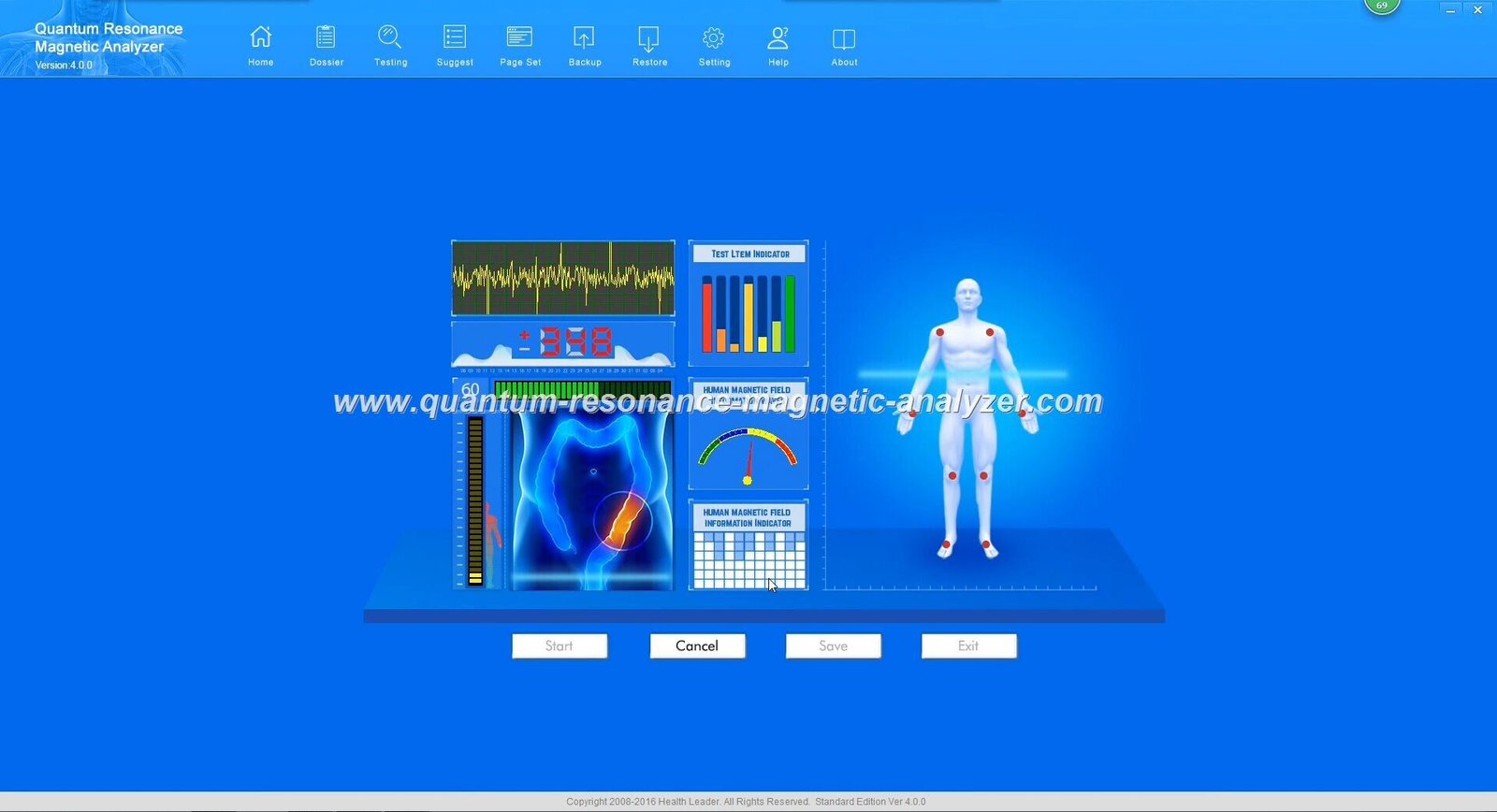
Data Collection and Signal Processing
The quantum analyzer hardware collects electromagnetic signals from the body through sensors. These signals, representing cellular activity and bioenergetic patterns, are initially weak and require significant amplification. The software employs specialized signal processing techniques to filter noise and enhance the relevant bioelectric frequencies.
Algorithmic Analysis and Pattern Recognition
Once captured, the signals undergo analysis through complex algorithms based on Fourier transform mathematics. These algorithms decompose the waveforms into component frequencies, identifying patterns that correspond to specific health conditions or physiological states. The software compares these patterns against its reference database containing thousands of standard waveforms collected from clinical research.
Integration with Comprehensive Health Databases
Modern quantum resonance magnetic analyzer software integrates with extensive health databases containing reference values for various physiological parameters. These databases typically include information on organ function, nutritional status, metabolic indicators, and potential health risks. The software’s analytical engine matches the collected biofeedback frequencies against these reference values to generate comprehensive health reports.
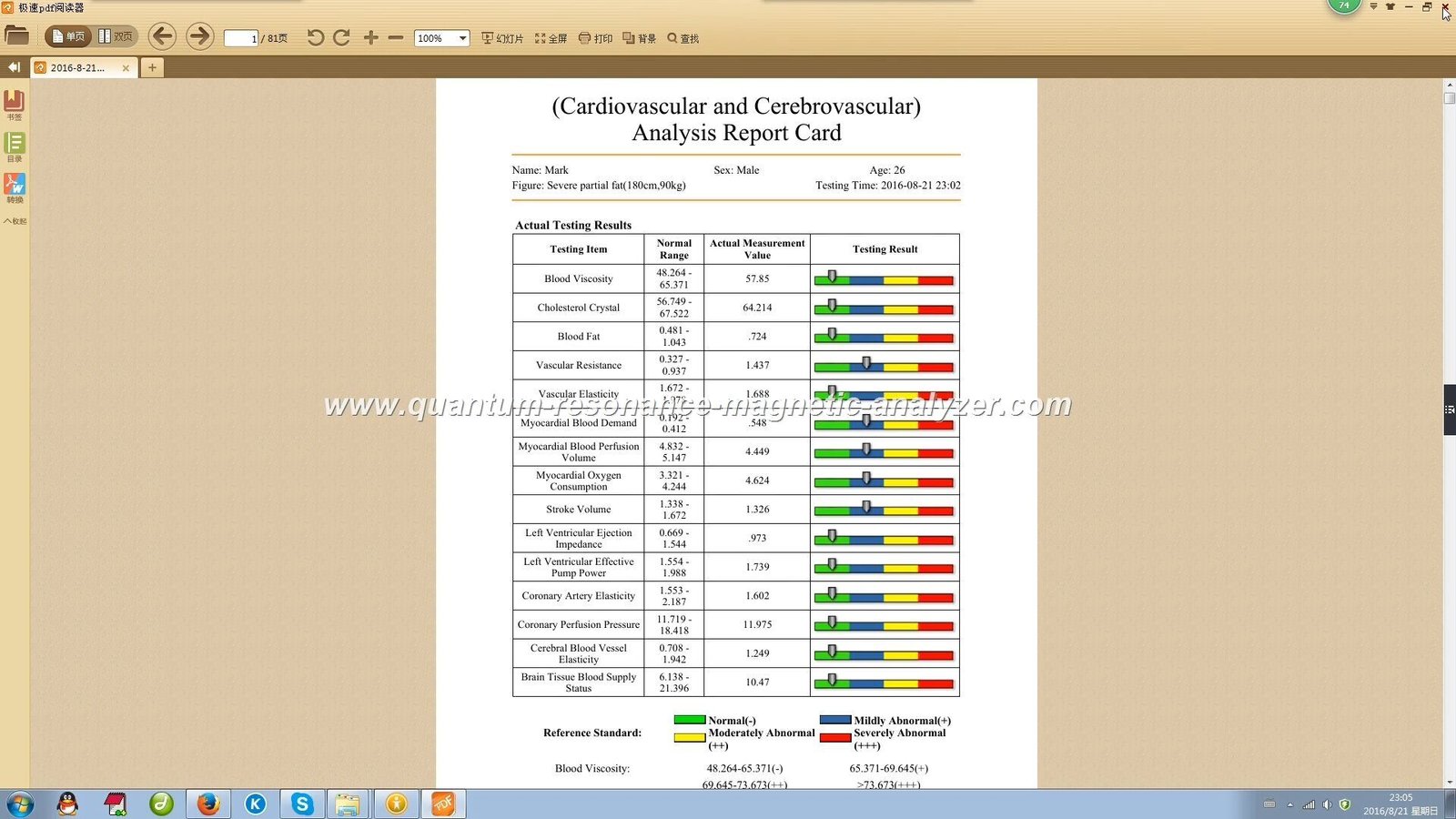
The quantum analyzer software processes biofeedback signals through multiple analytical layers before generating comprehensive health reports
Interpretation and Reporting
After processing the collected data, the software generates detailed reports covering multiple health dimensions. These reports typically include graphical representations of various bodily systems, potential health concerns, and recommendations. Advanced versions of the software may also provide comparative analysis features, allowing practitioners to track changes over time and evaluate the effectiveness of interventions.
Key Applications of Quantum Resonance Magnetic Analyzer Software
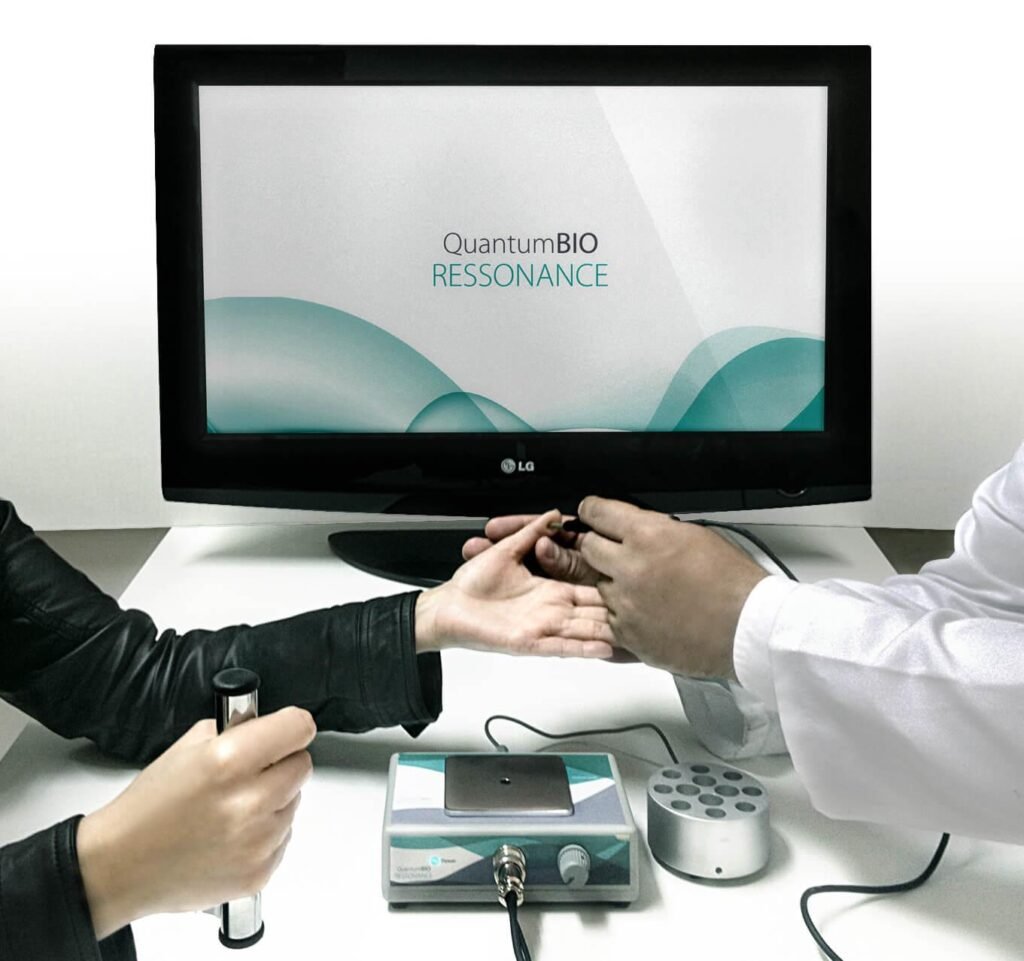
Comprehensive Health Assessments
The software enables holistic health evaluations across multiple body systems in a single session. Practitioners can assess cardiovascular health, immune function, metabolic efficiency, and organ performance simultaneously, providing a comprehensive overview of a client’s health status without multiple specialized tests.
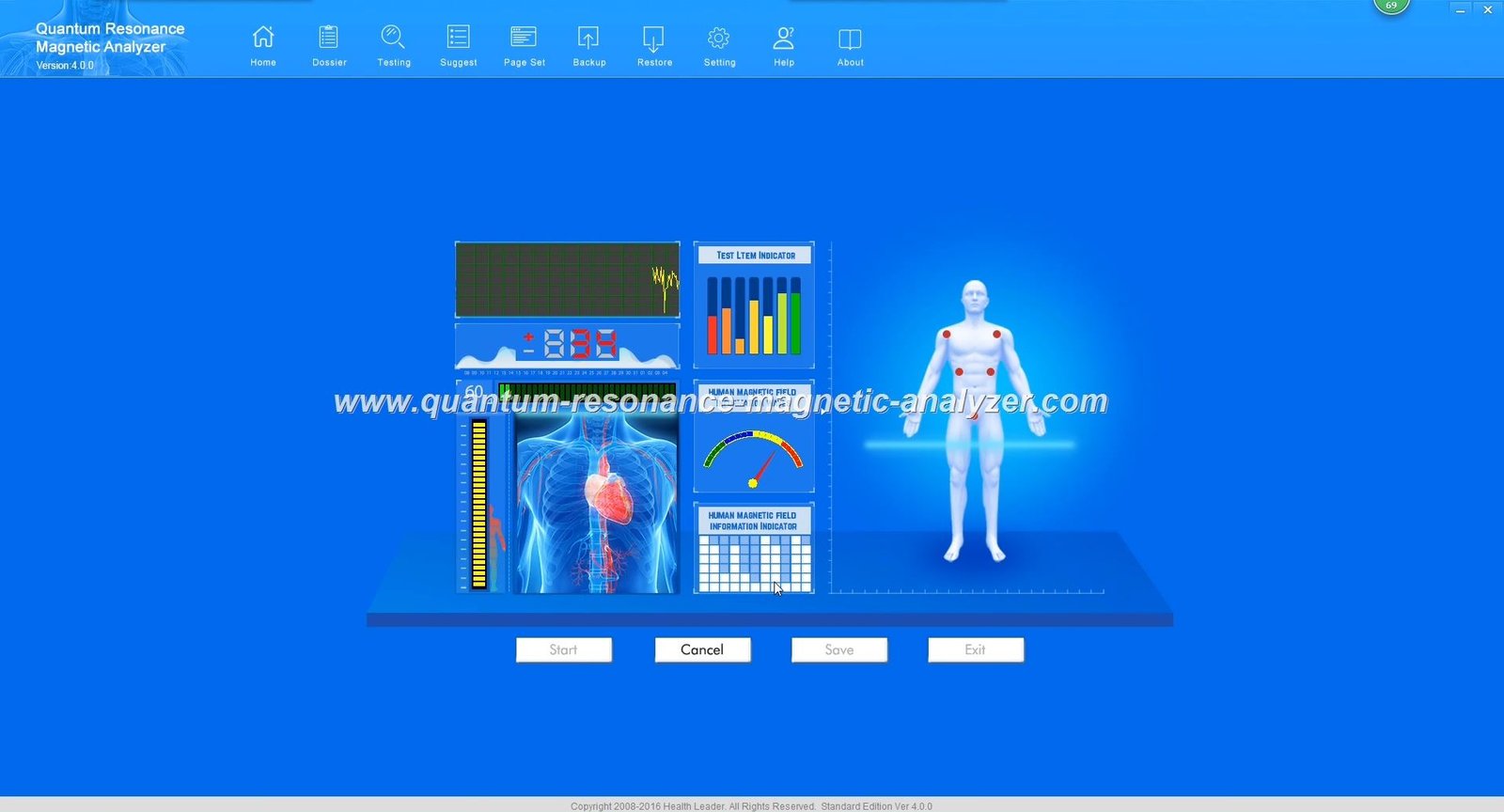
Early Detection of Health Imbalances
One of the most valuable applications is the potential to identify subtle health imbalances before they manifest as clinical symptoms. By detecting electromagnetic pattern deviations that precede physical symptoms, the technology may enable earlier interventions and preventive measures, potentially improving treatment outcomes.
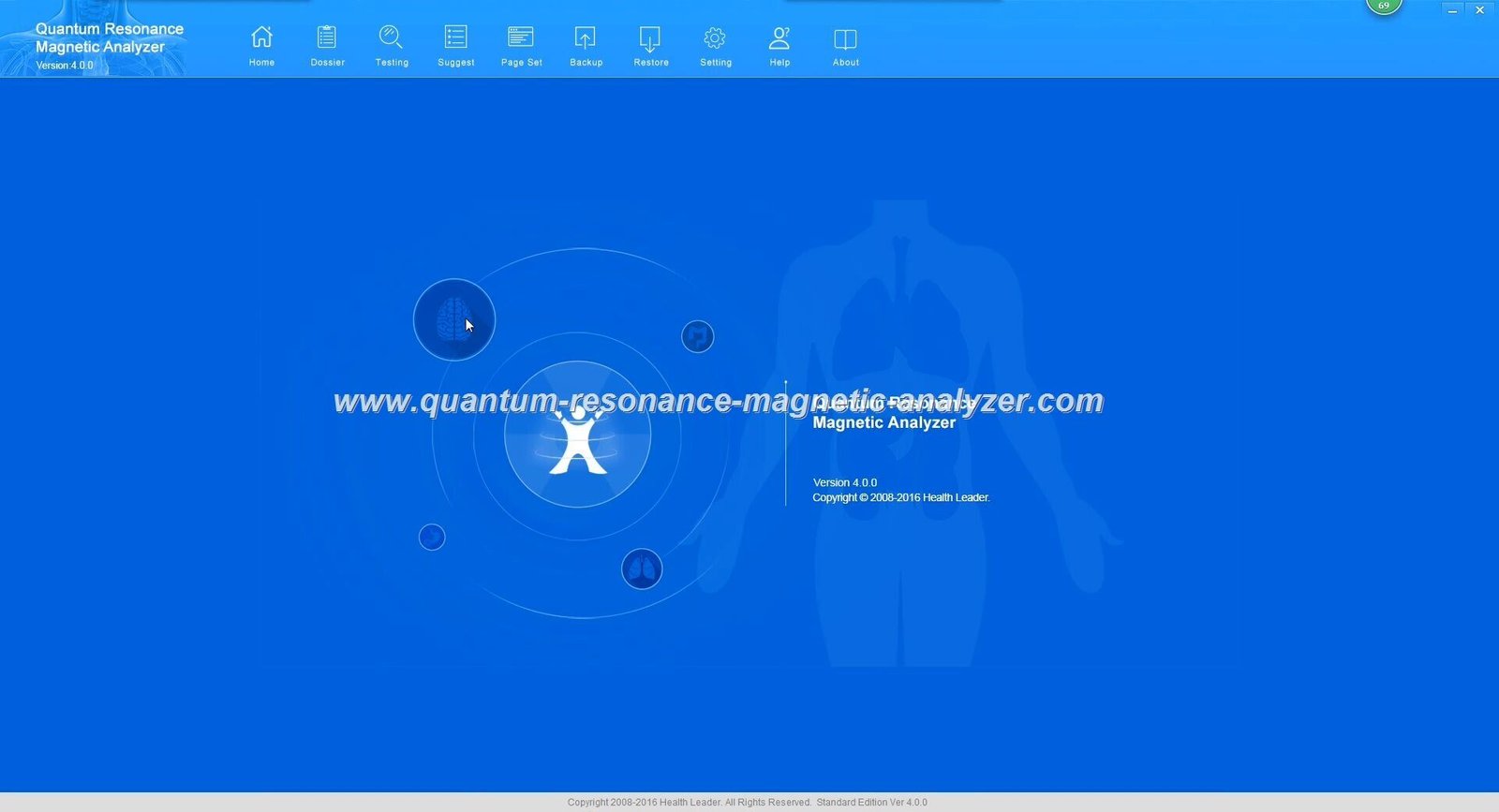
Nutritional Status Analysis
The software can assess levels of essential vitamins, minerals, amino acids, and other nutritional components. This application helps identify potential deficiencies or imbalances that might affect overall health, enabling more targeted nutritional interventions and supplementation strategies tailored to individual needs.
Toxic Element Screening
Quantum resonance magnetic analyzer software includes modules for detecting potential heavy metal accumulation and environmental toxin exposure. The technology analyzes electromagnetic patterns associated with various toxic elements, providing insights into potential exposure without invasive testing procedures.
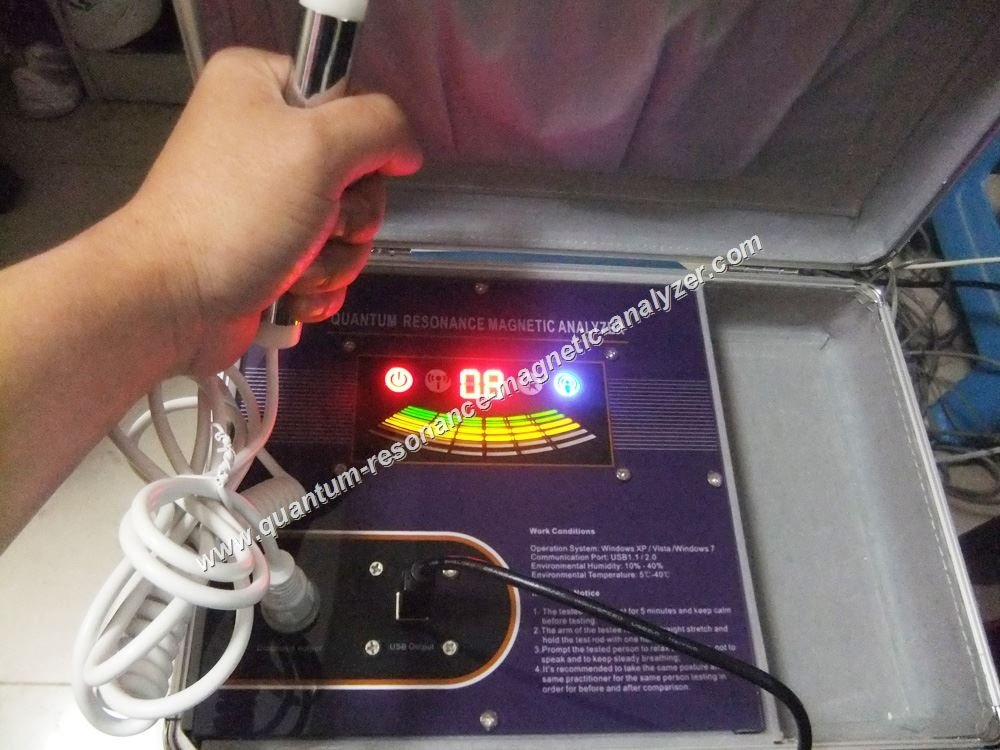
Treatment Progress Monitoring
Healthcare practitioners can use the software to track changes in a patient’s health status over time. By comparing analysis results from different sessions, the software helps evaluate the effectiveness of interventions, whether they involve lifestyle modifications, nutritional changes, or other therapeutic approaches.
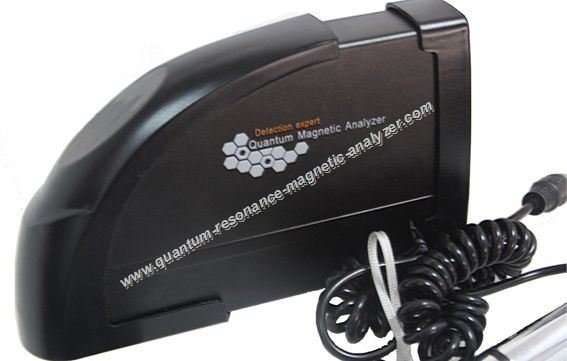
Benefits Compared to Traditional Diagnostic Methods
Advantages of Quantum Resonance Analysis
- Non-invasive testing without blood draws or radiation exposure
- Comprehensive results covering multiple body systems in a single session
- Rapid analysis completed in minutes rather than days or weeks
- Early detection potential for subclinical imbalances
- Cost-effective compared to multiple specialized tests
- No biological sample handling or laboratory processing required
- Immediate results available for practitioner-client discussion
Limitations to Consider
- Not yet widely accepted in conventional medical settings
- Varying levels of scientific validation across different applications
- Results interpretation requires specialized training
- Not intended to replace necessary conventional diagnostic testing
- Quality and accuracy may vary between different device manufacturers
- Regulatory status differs across countries and regions
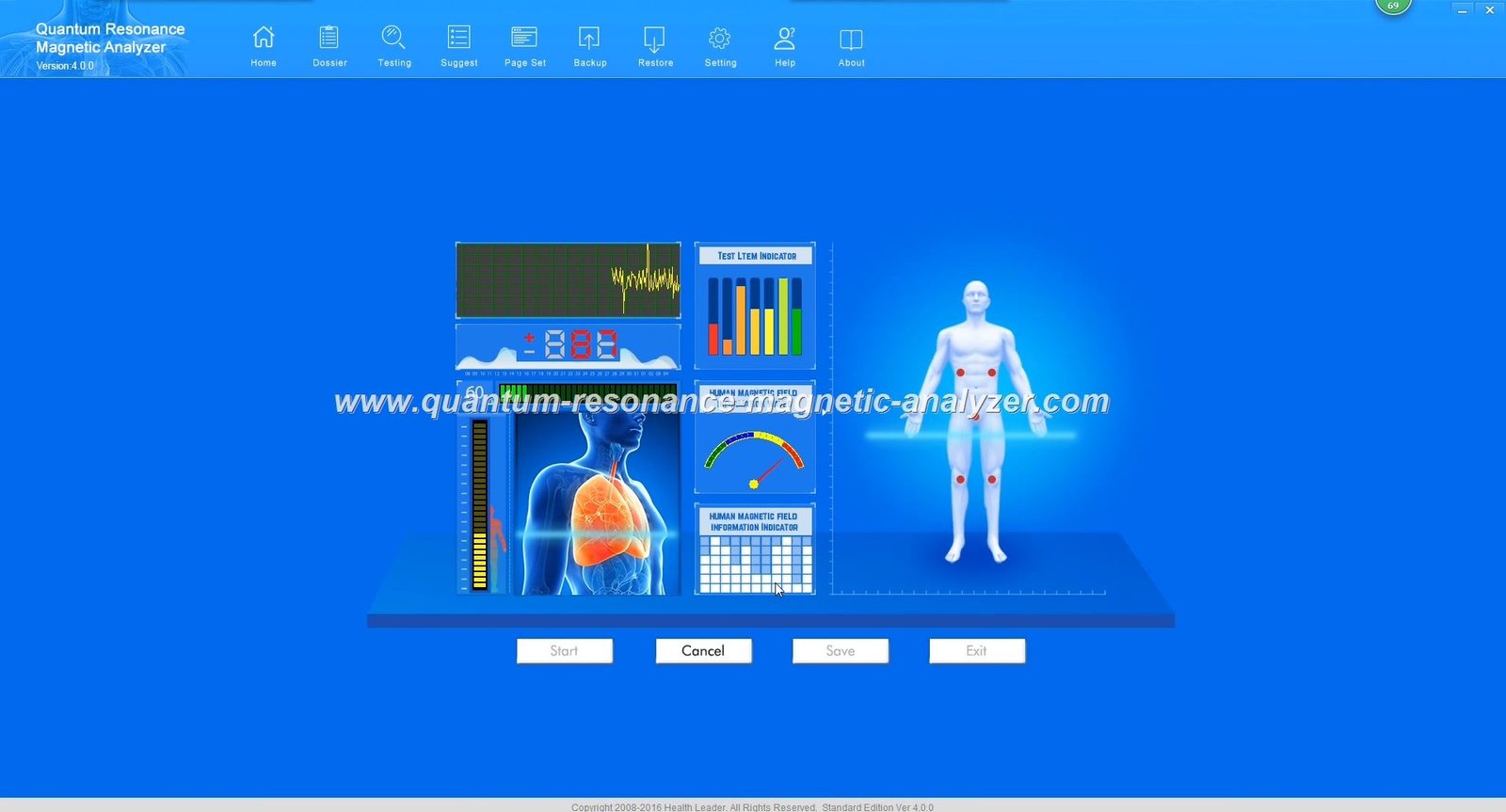
Quantum resonance analysis offers a streamlined alternative to traditional diagnostic pathways
Experience the Efficiency of Quantum Analysis
Discover how our quantum resonance magnetic analyzer can transform your diagnostic approach with faster, comprehensive, and non-invasive health assessments.
Challenges and Considerations
Scientific Validation Debates
The quantum resonance magnetic analysis field continues to evolve in terms of scientific validation. While numerous clinical studies support certain applications, the technology faces ongoing scrutiny from conventional medical communities. Critics point to the need for more extensive double-blind studies and standardized protocols to establish broader acceptance.
Proponents argue that the technology’s effectiveness is demonstrated through practical clinical outcomes and client improvements, even as formal research continues to develop. Users should approach the technology with an understanding of its current position in the scientific landscape.
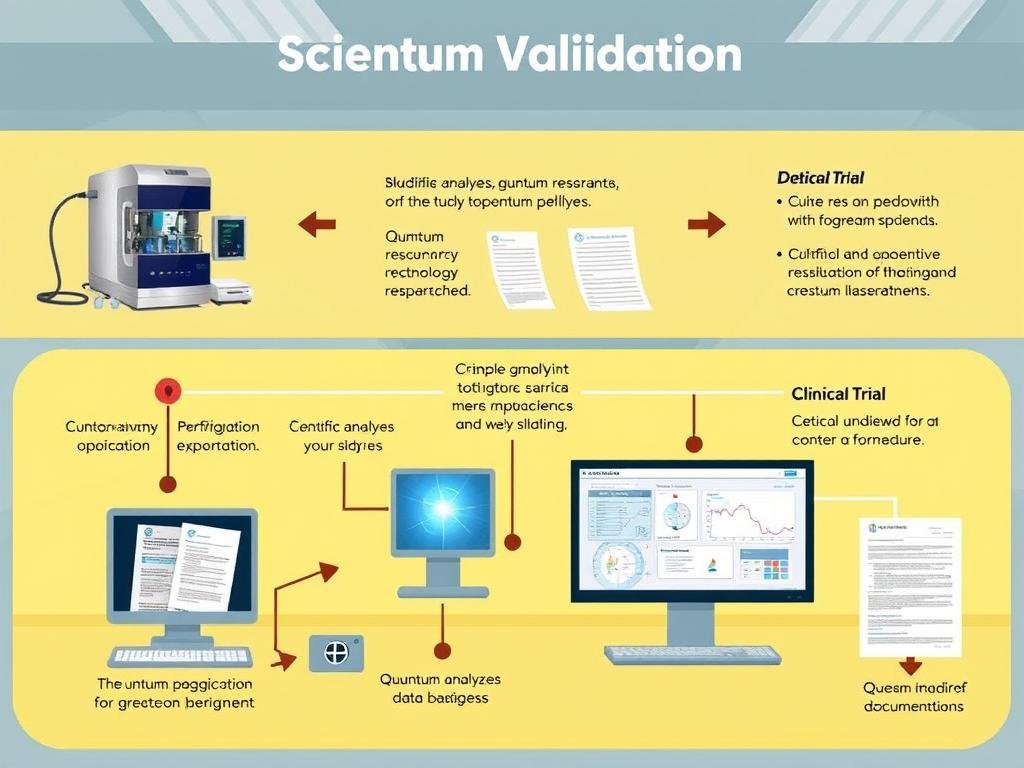
Important Regulatory Considerations
Regulatory status for quantum resonance magnetic analyzers varies significantly across different countries and regions. In some areas, these devices are registered as biofeedback or wellness assessment tools rather than medical diagnostic devices. Users should verify the regulatory status in their specific location and understand the appropriate scope of use.
Interpretation Expertise
Effective use of quantum resonance magnetic analyzer software requires proper training and understanding of the technology’s principles. The interpretation of results demands knowledge of both the software’s capabilities and limitations, as well as an understanding of human physiology and health patterns. Practitioners should invest in comprehensive training to maximize the technology’s benefits while avoiding misinterpretation.
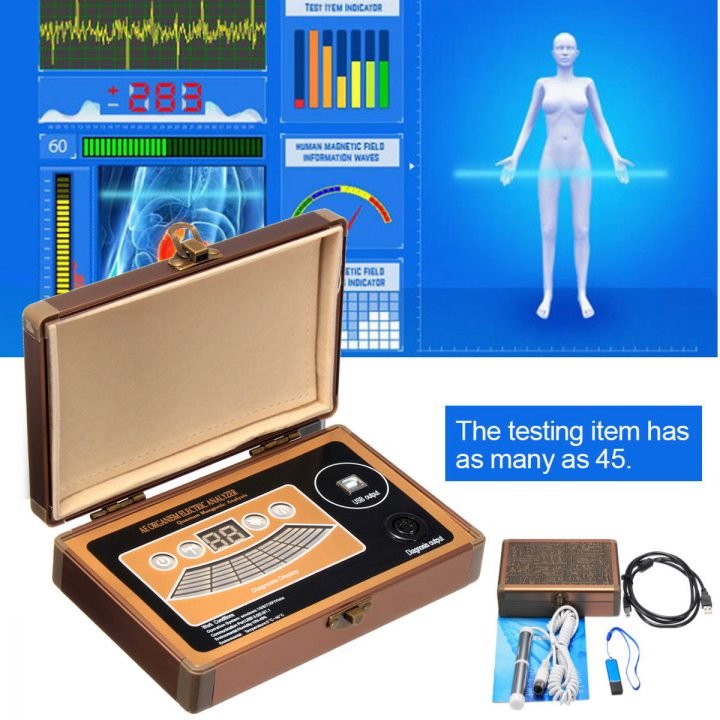
Complementary Role in Healthcare
Quantum resonance magnetic analysis is most effectively positioned as a complementary tool within a broader healthcare approach. Rather than replacing conventional diagnostics entirely, it offers additional insights that can guide further investigation and support personalized health strategies. The technology works best when integrated with clinical expertise and other appropriate assessment methods.
Future Developments and Trends

AI and Machine Learning Integration
The next generation of quantum resonance magnetic analyzer software is likely to incorporate advanced artificial intelligence and machine learning capabilities. These technologies will enhance pattern recognition, improve diagnostic accuracy, and enable more personalized health recommendations based on individual data patterns and trends.
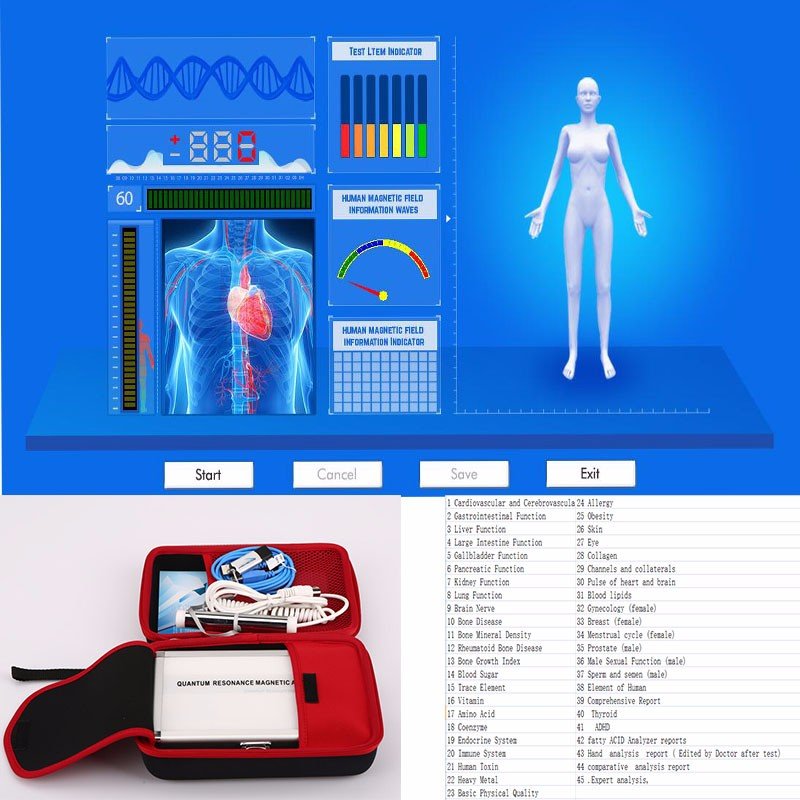
Mobile and Cloud Integration
Emerging developments include more portable devices with mobile application integration and cloud-based data storage. These advancements will enable remote analysis, easier data sharing between practitioners, and longitudinal health tracking for clients across multiple locations and healthcare providers.
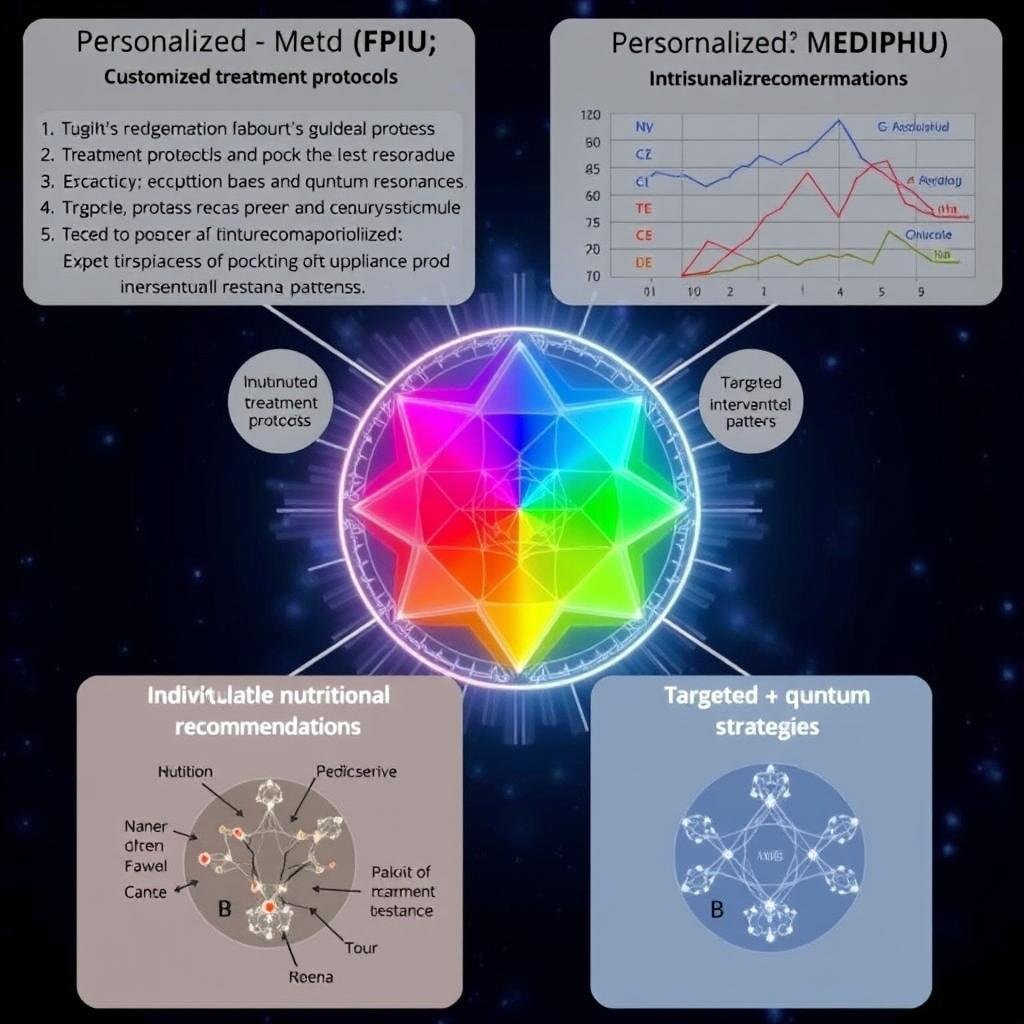
Personalized Medicine Applications
As the technology evolves, we can expect more sophisticated applications in personalized medicine. Future software versions may offer more detailed insights into individual biochemical uniqueness, genetic predispositions, and personalized response predictions to various interventions and treatments.
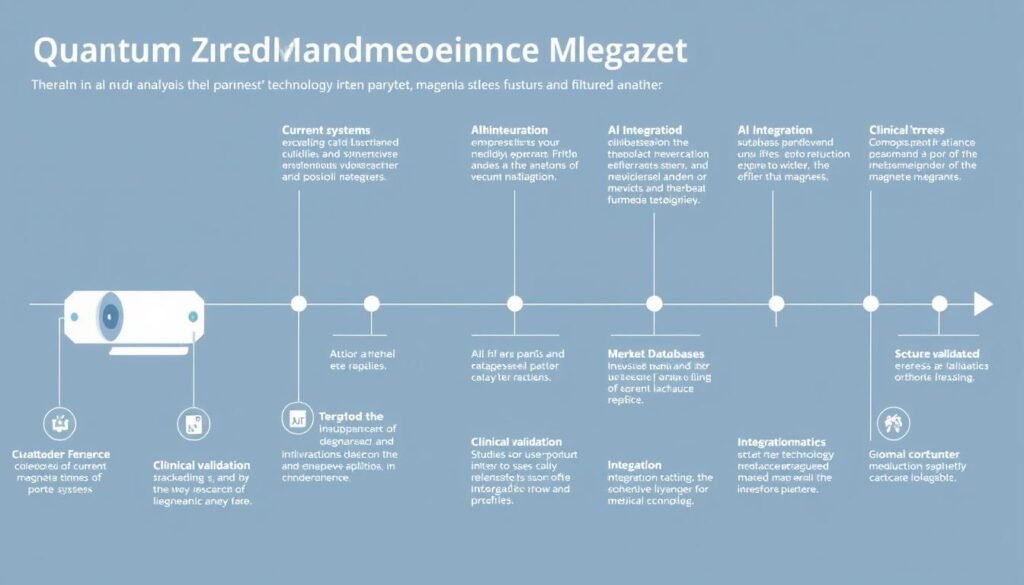
The evolution of quantum resonance magnetic analyzer technology continues to accelerate with interdisciplinary innovations
Stay at the Forefront of Diagnostic Innovation
Join our network of forward-thinking health professionals utilizing quantum resonance technology. Receive updates on the latest software developments and research.
Conclusion: The Transformative Potential of Quantum Analysis
Quantum resonance magnetic analyzer software represents a significant innovation in the health assessment landscape, offering a unique approach to understanding human health through electromagnetic pattern analysis. While continuing to evolve in terms of scientific validation and technological refinement, the technology provides valuable complementary insights that can enhance preventive healthcare strategies and personalized wellness approaches.
The non-invasive nature, comprehensive assessment capabilities, and efficiency of quantum resonance analysis make it an increasingly relevant tool in today’s health-conscious environment. As research progresses and technology advances, we can expect this field to further develop its applications and establish its place within the broader healthcare ecosystem.
For healthcare practitioners, wellness professionals, and forward-thinking medical facilities, exploring the capabilities of quantum resonance magnetic analyzer software may open new possibilities for client care and preventive health strategies. The technology’s continued evolution promises even greater potential for contributing to our understanding of human health and supporting more personalized approaches to wellness.
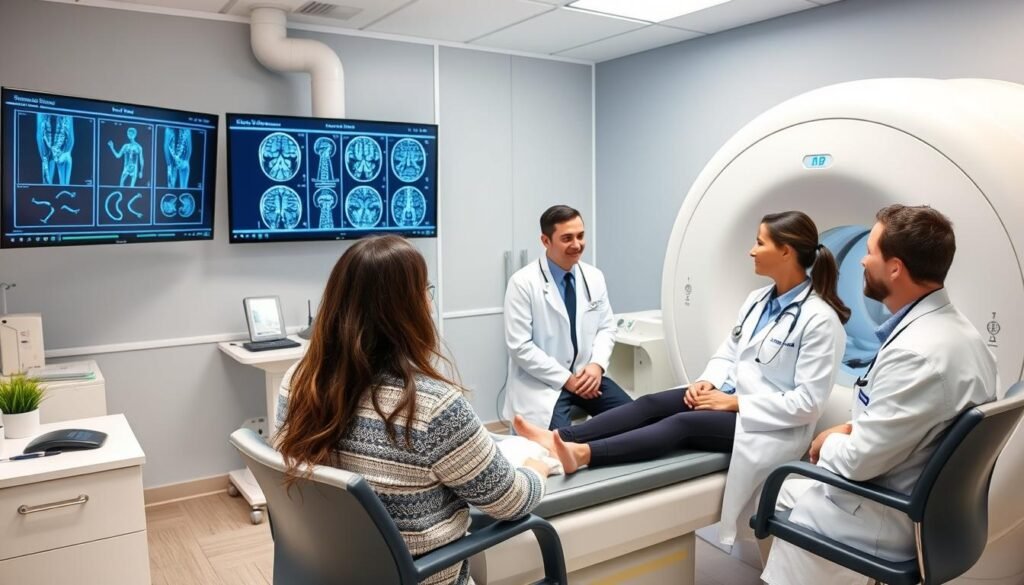
Frequently Asked Questions
Is quantum resonance analysis scientifically validated?
Quantum resonance magnetic analysis has varying levels of scientific validation across different applications. While numerous clinical studies support certain uses, the technology continues to undergo scientific evaluation. The theoretical foundation draws from established principles in quantum physics, biophysics, and electromagnetic field theory. However, the level of validation varies by specific application and manufacturer.
Users should approach the technology with an understanding that research is ongoing, and its position within conventional medicine continues to evolve. Many practitioners find value in its practical applications while acknowledging the need for continued research.
Can quantum resonance magnetic analysis replace laboratory tests?
Quantum resonance magnetic analysis is best viewed as a complementary assessment tool rather than a complete replacement for conventional laboratory testing. While it can provide valuable screening information and identify potential areas of concern, definitive diagnosis of specific medical conditions typically requires conventional diagnostic methods.
The technology is particularly valuable for general health screening, identifying potential imbalances before they manifest as clinical symptoms, and monitoring progress over time. For serious health concerns or specific disease diagnosis, quantum analysis should be used alongside appropriate conventional testing as recommended by healthcare providers.
What training is required to use quantum resonance magnetic analyzer software?
Effective use of quantum resonance magnetic analyzer software requires proper training in both the technical operation of the system and the interpretation of results. Most manufacturers provide basic operational training with purchase, but comprehensive understanding typically requires additional education.
Ideal training includes understanding the theoretical foundations of the technology, practical operation skills, results interpretation, and integration with other assessment methods. Many practitioners also benefit from background knowledge in human physiology, functional health assessment, and nutritional science to maximize the value of the information provided by the software.
How often should quantum resonance analysis be performed?
The frequency of quantum resonance analysis depends on individual health goals and circumstances. For general health monitoring, many practitioners recommend quarterly or bi-annual assessments. For individuals actively addressing specific health concerns or undergoing therapeutic interventions, more frequent analysis (every 4-6 weeks) may be beneficial to track progress.
The non-invasive nature of the technology makes more frequent testing possible without the concerns associated with repeated blood draws or radiation exposure from other diagnostic methods. However, the assessment schedule should be determined based on individual needs and practitioner recommendations.
Request More Information
Interested in learning more about quantum resonance magnetic analyzer software and how it can benefit your practice or health facility? Complete the form below to request detailed information, software demonstrations, or consultation with our technical specialists.
Why Connect With Us
- Get personalized product recommendations based on your specific needs
- Access the latest software versions with multiple language options
- Learn about training opportunities and certification programs
- Discover integration possibilities with your existing systems
Prefer to speak directly with a specialist?
